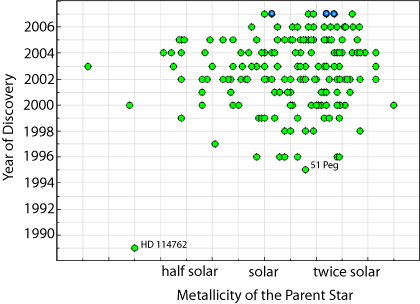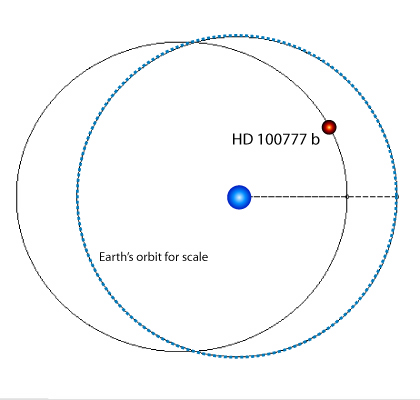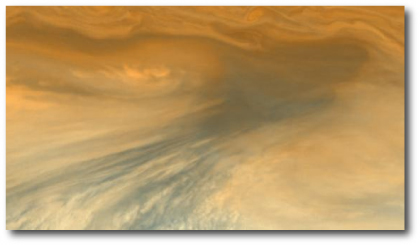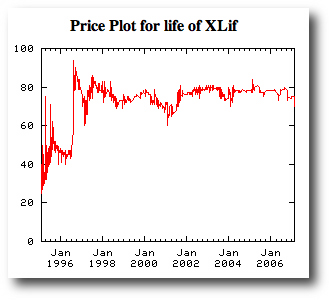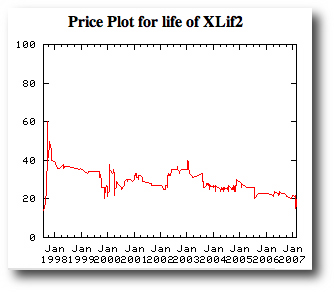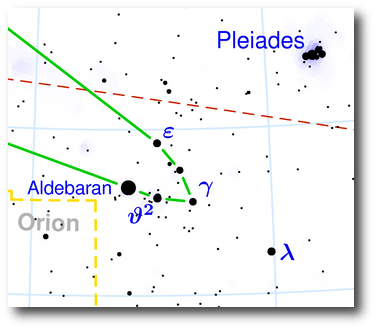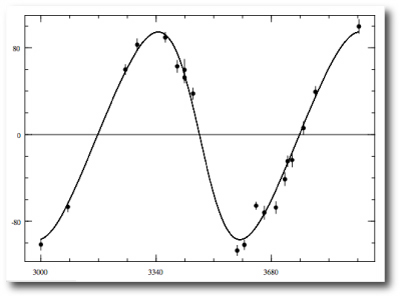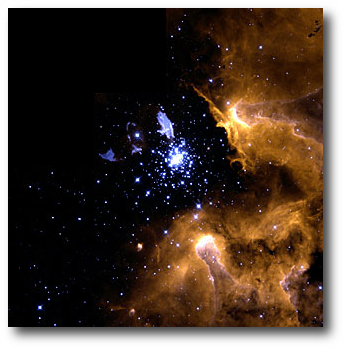
Image Source.
Man, when it rains it pours! This week’s big planet news is the announcement of a second transiting planet from the HATNet project.
HAT-P-2b orbits the bright nearby star HD 147506, which means that there will be all sorts of opportunities for detailed follow-up. For those who want to get in on the action, the midpoint of the next transit will occur at 3 PM on May 3rd (UT). The planet’s orbital eccentricity is a whopping e=0.5, the planetary mass is high (8 Jupiter masses) and the orbital period is a relatively long — for a transiting planet — 5.63 days. In fact, just about the only aspect of this world that isn’t remarkable is its radius. Preliminary indications are that the planet is 10-20% larger than Jupiter, exactly as theoretical models predict.
Had HAT-P-2b turned up on the scene with a large radius a la HD 209458b, or with a small radius (such as that observed for HD 149026b), then it would have signaled that something is seriously awry with our understanding of planetary structure. The interior of an 8-Jupiter mass planet is dominated by electron degeneracy pressure, which leaves little room for large variations in the planet’s overall size. It doesn’t matter if there’s tidal heating. It doesn’t matter if there’s a 50-Earth mass core. The radius of an 8-Jupiter mass planet should maintain a zen-like lack of perturbation in the face of all that optional bling that causes lesser planets to run off track. It’s thus very reassuring to see that HAT-P-2b is meeting its radial obligation.
The weather on this planet is going to provide an amazing opportunity for Spitzer. Even as I write this, our processors are roaring to the tune of a full-scale hydrodynamical simulation of the flow patterns on the surface.
UPDATE: I put this post up, went to bed, and woke up to news of yet another transiting planet, XO-2b. See the Extrasolar Planets Encyclopaedia, and the astro-ph preprint. In this case, the planet, which has a mass of 0.6 Jupiter masses and an orbital period of 2.6 days, seems to have a sub-Jovian radius, suggesting a 20-40 Earth mass core of heavy elements. A heavy burden of heavy elements in this case is not too surprising, given that the V=11 K0V parent star has a metallicity nearly three times that of the Sun.
I see that transitsearch.org veterans Ron Bissinger, Mike Fleenor, Bruce Gary, and Tonny Vanmunster are all on the author list of discoverers, Congratulations, guys!

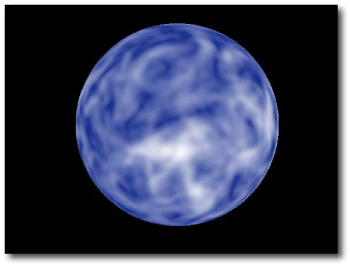
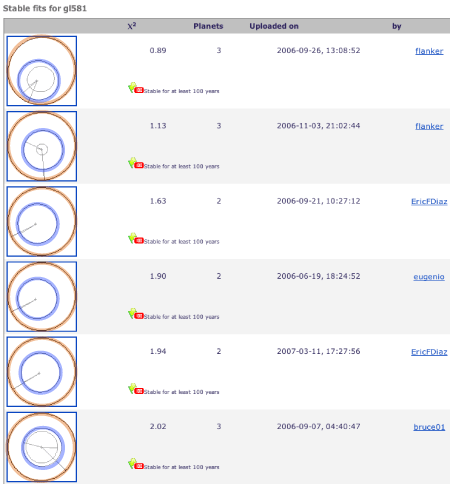


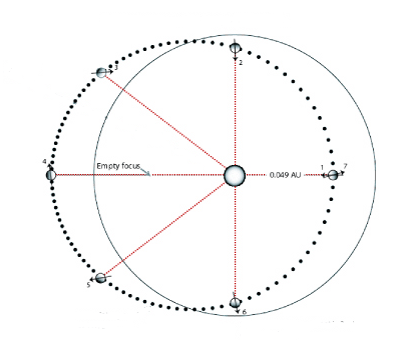
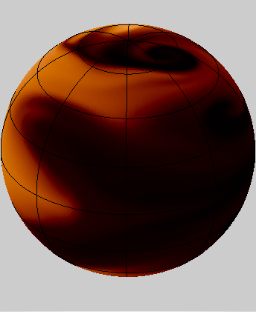
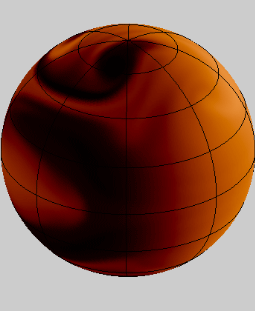
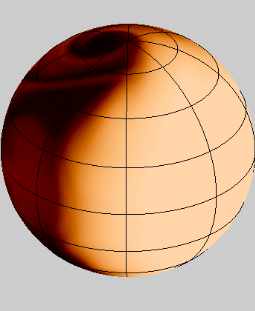
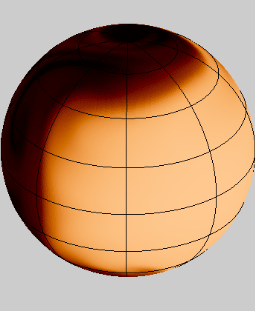
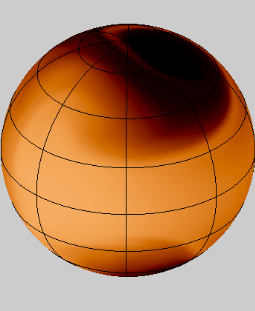
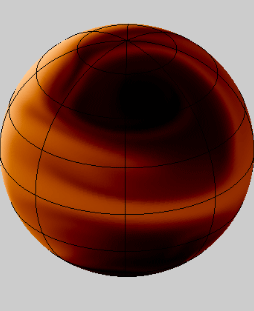
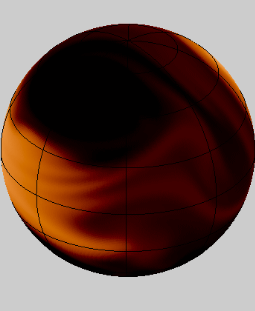

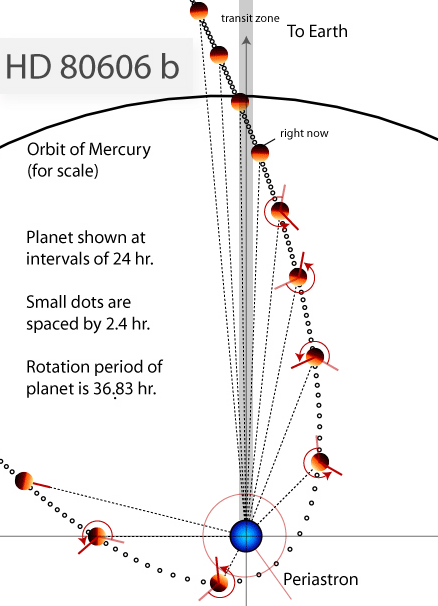

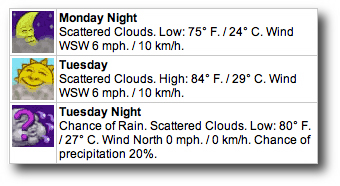



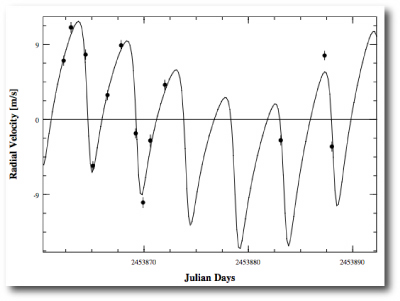
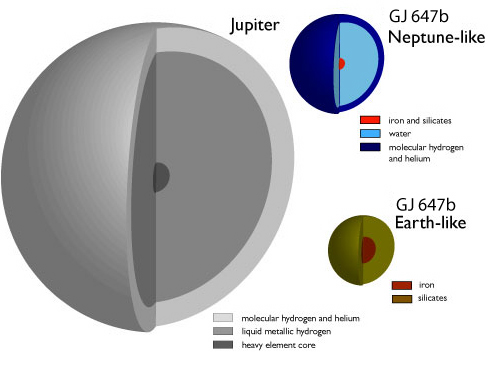

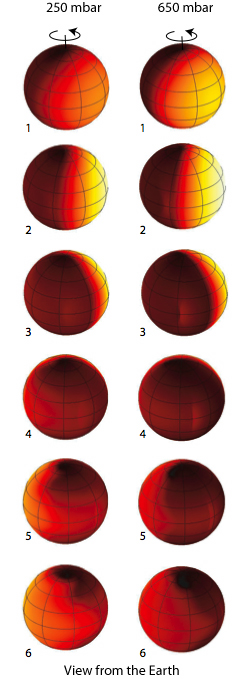
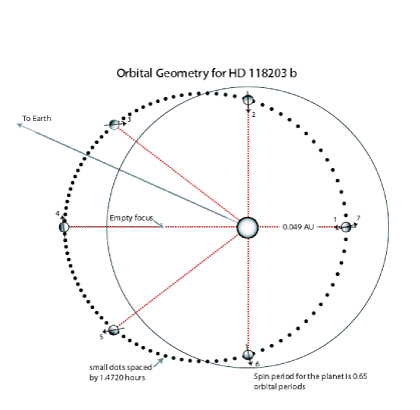
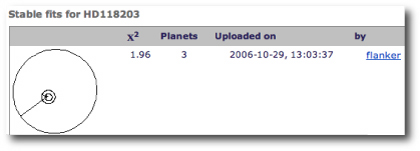 .
.
